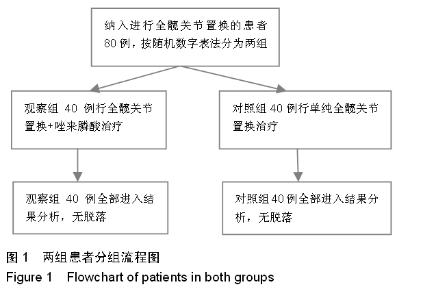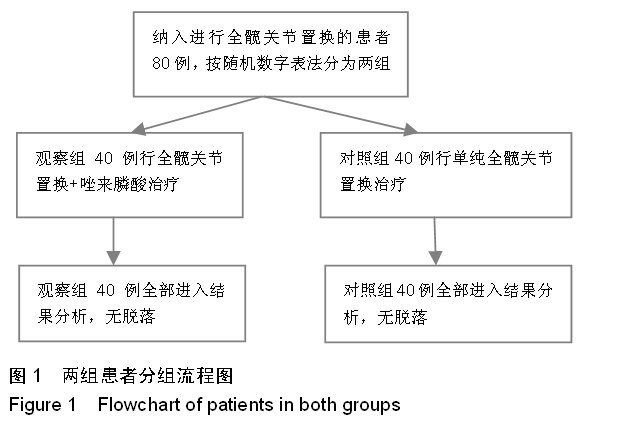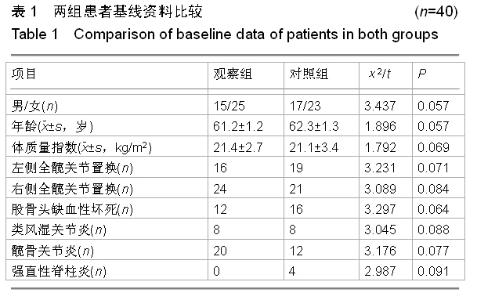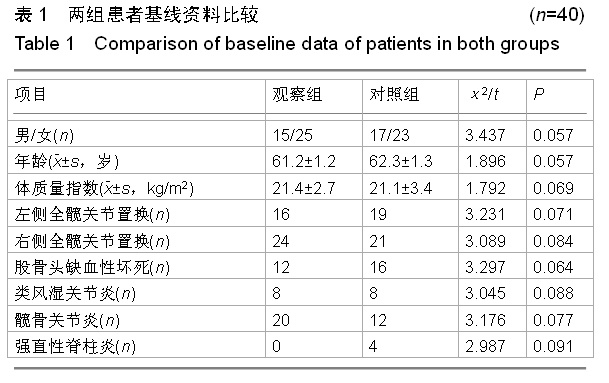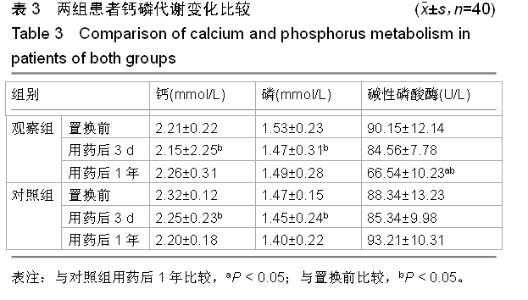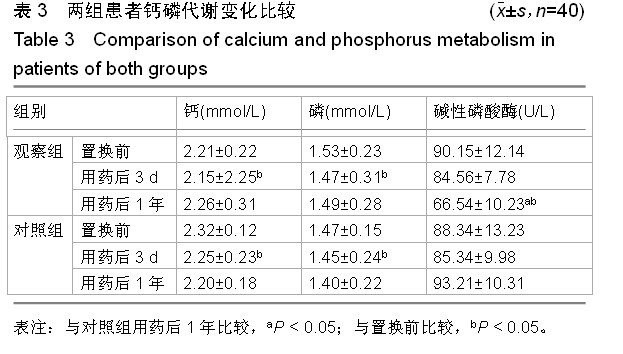| [1] Klingenstein GG, Yeager AM, Lipman JD, et al. Computerized range of motion analysis following dual mobility total hip arthroplasty, traditional total hip arthroplasty, and hip resurfacing. J Arthroplasty. 2013;28(7):1173-1176.
[2] 叶川,刘日光,汤晋,等.膝骨性关节炎双侧同期全膝关节置换和单侧膝关节置换的比较[J].中国组织工程研究,2014,18(35): 5583-5588.
[3] 曲新华,郝永强.双膦酸盐在骨科相关疾病治疗中的地位及再认识[J].中华骨科杂志,2014,34(1):78-80.
[4] Schiffern AN, Stevenson DA, Carroll KL, et al. Total hip arthroplasty, hip osteoarthritis, total knee arthroplasty, and knee osteoarthritis in patients with developmental dysplasia of the hip and their family members: A kinship analysis report. J Pediatr Orthop. 2012;32(6):609-612.
[5] 刘洁珍,黄雪萍,陈翠萍,等.功能康复训练路径对全髋关节置换术后假体周围骨量的影响[J].国际护理学杂志,2012,31(3): 481-483.
[6] 曾建春,曾意荣,樊粤光,等.唑来膦酸预防全髋关节置换术后早期骨丢失的初步临床研究[J].中国骨质疏松杂志,2014,20(7): 795-799.
[7] 倪小青,卢全中,潘风雨,等.唑来膦酸预防高龄骨质疏松骨折全髋关节置换术后骨丢失的临床研究[J].临床和实验医学杂志,2015, 14(5):391-393.
[8] 张丽娜,杨艳芳,顾林,等.唑来膦酸在早期乳腺癌中的抗肿瘤研究进展[J].中国肿瘤临床,2013,40(16):1005-1007.
[9] 许洁,丁玉.唑来膦酸治疗糖皮质激素所致骨质疏松症的护理[J].江苏医药,2012,38(16):1979-1980.
[10] 王利,哈巴西•卡肯,殷剑,等.唑来膦酸钠治疗全髋关节置换术后早期假体周围骨密度变化[J].中华临床医师杂志(电子版),2014, 8(15):2898-2900.
[11] 曾建春,曾意荣,樊粤光,等.唑来膦酸预防全髋关节置换术后早期骨丢失的初步临床研究[J].中国骨质疏松杂志,2014,20(7): 795-799.
[12] 杜哲,李明,张元凯,等.密固达静滴辅助人工股骨头置换术治疗骨质疏松性股骨颈及粗隆间骨折[J].山东医药,2013,53(15):83-84.
[13] 臧学慧,孙辉,高立华,等.全膝关节置换后假体周围应力与骨密度的相关性[J].中国组织工程研究,2014,18(44):7071-7076.
[14] 乔志,王义生,殷力,等.全髋及全膝关节置换后下肢深静脉血栓形成的季节因素[J].中国组织工程研究,2014,18(13):2000-2005.
[15] 陈楚娴,彭松林,赵坚,等.对乙酰氨基酚预防唑来膦酸不良反应用药时机的探讨[J].全科护理,2014,12(16):1441-1442. |
